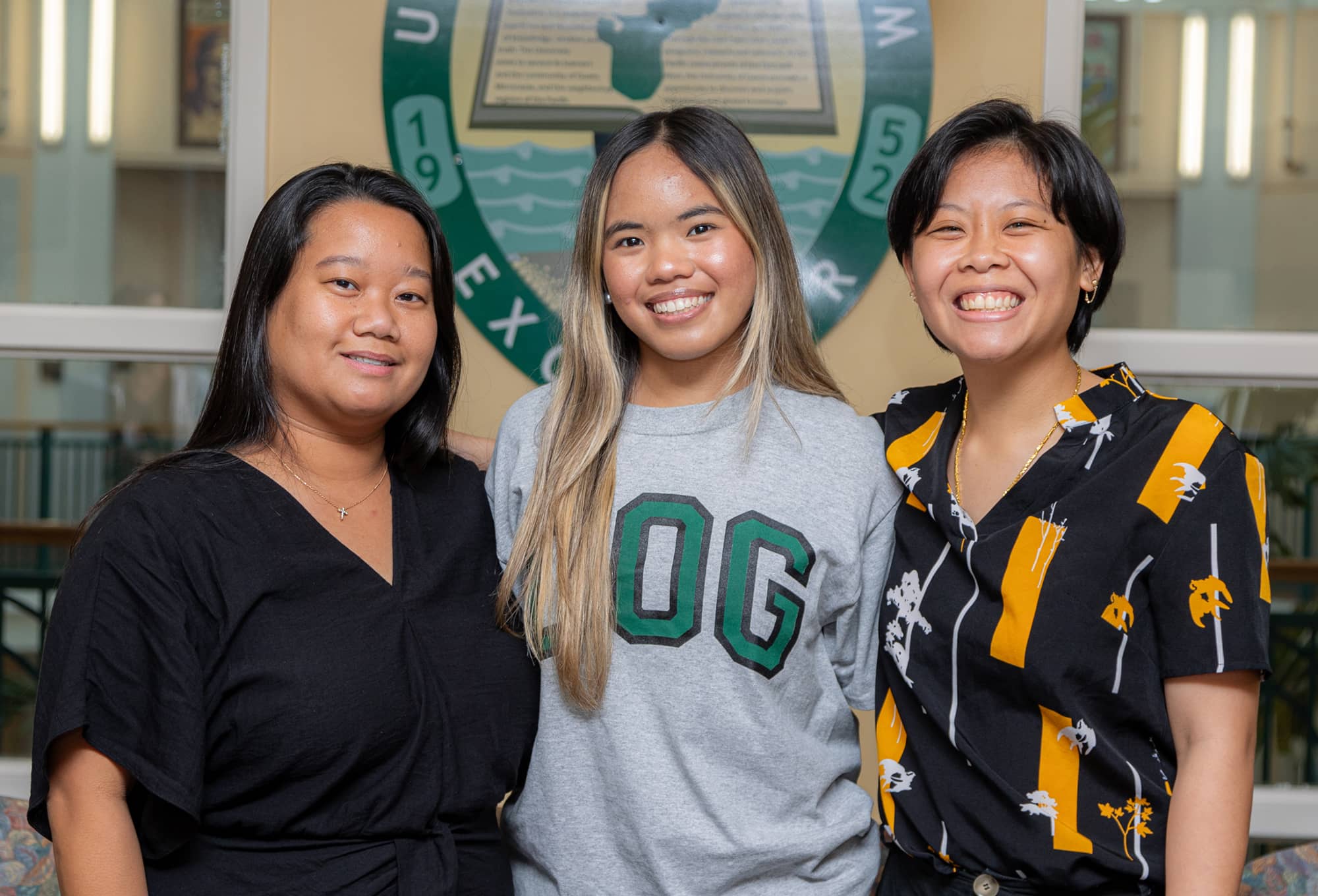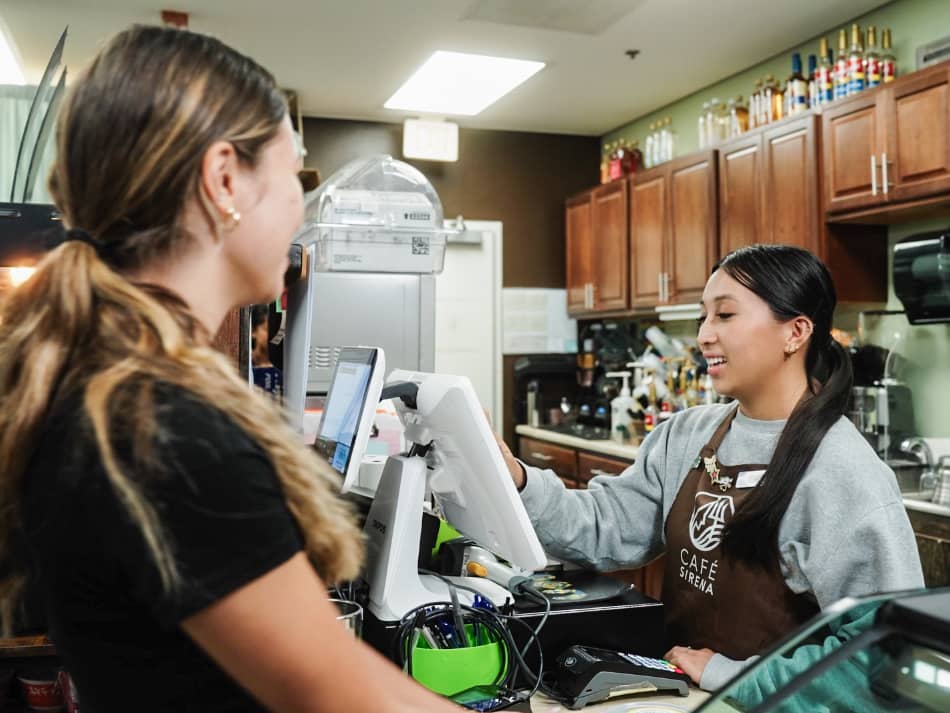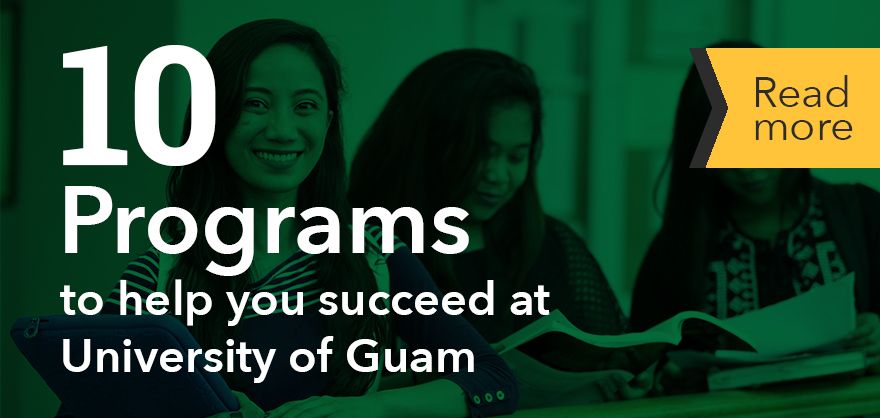Myth Buster: College is More Affordable Than You May Think
Affordable College in Guam | University of Guam Tuition & Aid

Many students worry that college tuition is too expensive. However, this isn't always the case. Financial aid can make a college education much more affordable. At the University of Guam (UOG), 67% of students use financial aid, with an average of $4,900 in Pell Grants, $6,300 in federal loans, and $6,442 in local financial assistance.
Financial aid comes in several forms, including grants, loans, and scholarships. Grants are funds that do not need to be repaid, making them a valuable resource for students with financial need. Loans, on the other hand, must be repaid with interest, but they can offer lower rates and more flexible repayment options compared to private loans. Scholarships are funds awarded based on various criteria, such as academic achievement or a student’s major, and typically do not need to be repaid. Each of these financial aid options plays a crucial role in helping students achieve the college degree of their dreams.
Federal Student Aid
The U.S. federal government offers various aid programs to help students pay for college. At UOG, these include:
- Federal Pell Grant: Awarded to undergraduate students based on financial need. For the 2024-2025 award year, the Pell Grant pays up to $7,395. Nearly 1,200 UOG students received this grant in the 2022-23 academic year.
- Federal Direct Loans: These loans must be repaid with interest, but they often have lower rates and more flexible repayment options compared to private loans.
- Supplemental Education Opportunity Grant: Provides additional grant money to students with exceptional financial need.
- TEACH Grant: Supports students pursuing a teaching degree in high-need fields like science, math, foreign languages, and special education.
- Federal Work-Study Program: Allows students to earn money through part-time jobs while on campus.
Applying for financial aid is straightforward. The Free Application for Federal Student Aid (FAFSA) is available from October of the year before you start college. “The earlier the FAFSA is filed, the more time we will have to review and notify students should additional documents be required or if any errors need to be corrected. The Financial Aid Office is responsible for reviewing and verifying information that is submitted by the student and in most cases, that will take time.
Follow these steps:
-
- Create an FSA ID: Go to FSA ID to create your ID.
- Gather Documents: You'll need your previous year’s tax return, W-2 forms, and current bank statements. Dependent students will also need their parents’ tax returns and W-2 forms.
- Complete the FAFSA: Submit your application early to allow time for review and any
necessary corrections.
Summer 2024 FAFSA Workshops
This summer, supported by a $177,308 grant from the Education Credit Management Corporation (ECMC), UOG will be hosting FAFSA workshops and application completion events throughout July and August 2024.
These workshops intend to simplify the FAFSA application process and provide specialized guidance so that students can get access to federal student aid, work-study job assignments, and loans specifically designed for higher education.
For more information about the FAFSA Student Support Strategy and event schedules, please contact Vivian PM Valdes at (671) 777-7761 or email valdesv@triton.uog.edu.
For inquiries regarding FAFSA completion at UOG, contact the Financial Aid Office at (671) 735-2284/87/88 or email finaid@triton.uog.edu.
Military personnel and veterans seeking assistance can contact Aileen Artero at (671) 735-3342 or email arteroa@triton.uog.edu.
Local Scholarships
 UOG provides several scholarship opportunities through the Government of Guam Student
Financial Assistance Program (SFAP) and the UOG Endowment Foundation (UOGEF).
UOG provides several scholarship opportunities through the Government of Guam Student
Financial Assistance Program (SFAP) and the UOG Endowment Foundation (UOGEF).
SFAP Scholarships
SFAP is governed by local legislation and is appropriated each fiscal year. The applications are available yearly. See www.uog.edu/financial-aid/ for more information and deadlines. Some of SFAP consists of the following:
- Merit Scholarship Program
- Access to Higher Education Financial Assistance Program
- Research/Teaching Assistantship Program
- Jesus U. Torres Professional/Technical Award (PROTECH)
- Pedro “Doc” Sanchez Professional Scholarship
Private Scholarships
UOGEF offers a wide array of local scholarships. Sponsored by local businesses, non-profit organizations, and individual donors, these scholarships range from hundreds to thousands of dollars. They help cover tuition and other expenses, providing ongoing opportunities for financial support throughout the academic year.
“Endowment Foundation plays an important role in financial aid by offering additional financial opportunities through various scholarships that support students’ academic excellence. It gives that additional financial support to students so they can have less financial stress and focus more on their studies,” Stephanie Orak, Financial Aid Program Coordinator, said.
These scholarships cater to a diverse range of students based on academic merit, financial need, and specific majors. Below are examples of some of the scholarships that are usually available every year:
- Matson Navigation Company Scholarship: Offers $3,000 to students in business and environmental science programs.
- Akira Baba Scholarship: Provides one award of $750 for one year, supporting students in tourism, hospitality, and marine biology.
- Christine P. Lewis Memorial Fund: Grants one award of $1,000 for one year, assisting students based on academic performance, financial need, and social criteria.
- ISA LGBTQ Support Scholarship: Provides one award of $1,000 for one year, intended to support LGBTQ students facing family or economic hardship.
- IT&E Overseas Scholarship in Honor of Margarita Dueñas Perez & Jaime Felipe Tuquero: Awards six scholarships of $2,000 each for one year, distributed as $1,000 per semester.
Disclaimer: The availability and award amounts of these scholarships are subject to change depending on the donors. For a current list of available scholarships, visit UOGEF through their social media (IG & Facebook) @uogendowment or their website.
Applying for a lot of these scholarships is easier than it seems. Some scholarships will sometimes ask for nothing but your transcript and a few short answer questions about yourself. Here’s a general guide to the application process:
- Research Scholarships: Visit the UOG Endowment Foundation website and review the available scholarships, eligibility criteria, and application deadlines.
- Prepare Documents: Gather necessary documents such as transcripts, letters of recommendation, personal statements, and proof of financial need if required.
- Complete Applications: Fill out the application forms accurately and ensure all required documents are attached.
- Submit Early: Submit your applications before the deadlines to increase your chances of receiving scholarships.
The UOG Endowment Foundation also offers workshops and one-on-one assistance to help students with their scholarship applications, ensuring that the process is as smooth and accessible as possible.
For more information, visit give.uog.edu.
Working on Campus
 Working on campus is another great way to manage college expenses while gaining valuable
work experience. UOG offers various on-campus job opportunities. Options to work on
campus can be found in the job announcements section of the UOG website. Here are
some of the options available:
Working on campus is another great way to manage college expenses while gaining valuable
work experience. UOG offers various on-campus job opportunities. Options to work on
campus can be found in the job announcements section of the UOG website. Here are
some of the options available:
- Food and Beverage or Retail: Students can work as associates and baristas at Cafe Sirena, Crosswalk Cafe, or the Triton Store.
- Tutoring: Opportunities are available to work as peer tutors at the Writing Center and Math Tutor Lab.
- Global Learning and Engagement Office: This office offers endless opportunities for professional development and paid internships like assisting international students, event planning, and more.
- Federal Work-Study: As mentioned earlier, this program allows students to work almost anywhere on campus, such as school or college administration offices, the fitness center at the athletics department, the RFK Library, the cashier or business office, and many more options.
These jobs provide flexible working hours that accommodate students' academic schedules, and they offer a convenient way to earn money without having to leave campus. Working on campus also helps students build professional skills and networks that go hand-in-hand with what they learn in the classroom, making it greater value for their future careers.
For any general questions or assistance, contact the UOG Financial Aid Office at (671) 735-2288, email finaid@triton.uog.edu, or visit the UOG Financial Aid website.



